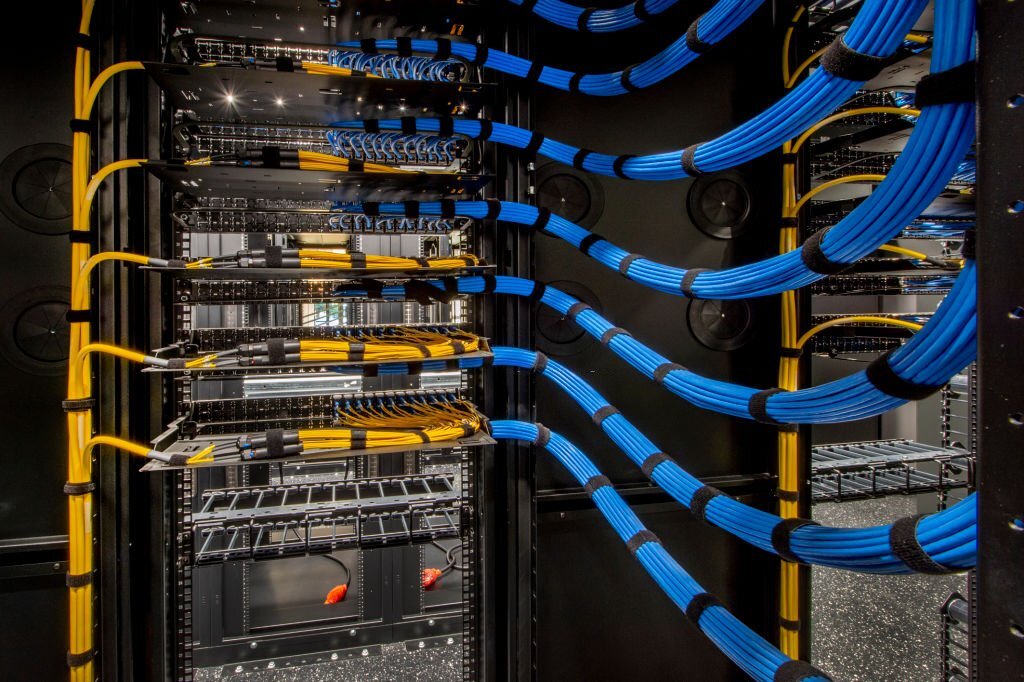Structured cabling is a method of organizing and standardizing the cabling infrastructure in a building or campus for communication purposes. This cabling system includes a set of standardized components and design principles to ensure seamless interoperability and efficient management of data and voice networks. Structured cabling is not just a buzzword but a crucial aspect of modern information technology and telecommunications systems.
In simpler terms, structured cabling involves organizing and connecting various communication elements, such as computers, phones, and other devices, using a structured and standardized approach. It consists of various components, including cables, patch panels, and trunks, which are used to create an organized network infrastructure.
The key characteristics and benefits of structured cabling are:
- Predictable Performance: A well-designed structured cabling system ensures consistent and reliable network performance.
- Flexibility: It allows for easy adaptation to changes, additions, and moves in the network infrastructure. This flexibility is vital in dynamic business environments.
- System Availability: Structured cabling minimizes downtime by reducing the potential for human error and providing a more robust and resilient network.
- Redundancy: It can be designed with redundancy to ensure network continuity in case of failures.
- Future-Proofing: A structured cabling system is designed to accommodate future technologies and higher bandwidth requirements, ensuring the longevity of the cabling infrastructure.
Structured cabling appears organized and clean, offering several advantages:
- Ease of Maintenance: Changes and modifications are simplified since they can be made in a centralized location, the Main Distribution Area (MDA), rather than requiring long patch cords running between equipment.
- Reduced Downtime: The risk of mistakes and human errors is minimized, leading to reduced network downtime and disruptions.
- Time Savings: Identifying and tracing cables becomes more straightforward, saving time during maintenance and troubleshooting.
- Aesthetics: Structured cabling looks cleaner and more organized, as changes are primarily made in the MDA, leaving the cabling in front of network equipment neat and visually pleasing.
The risks of not switching to a structured cabling system include:
- Downtime: An unorganized, messy cabling infrastructure can lead to frequent mistakes, such as unplugging incorrect ports. This can result in network outages and difficulties in tracing and resolving issues.
- Airflow Issues: In a point-to-point cabling method, the congestion of cables in front of networking equipment can obstruct proper airflow, potentially causing overheating and hardware problems. This can also affect the efficiency of underfloor cooling systems in data centers.
In summary, structured cabling is essential for maintaining an efficient, reliable, and easily maintainable network infrastructure. It reduces the risks associated with downtime, human error, and poor airflow while enhancing the aesthetics and adaptability of the cabling system, ensuring it remains up-to-date with evolving technology needs.


